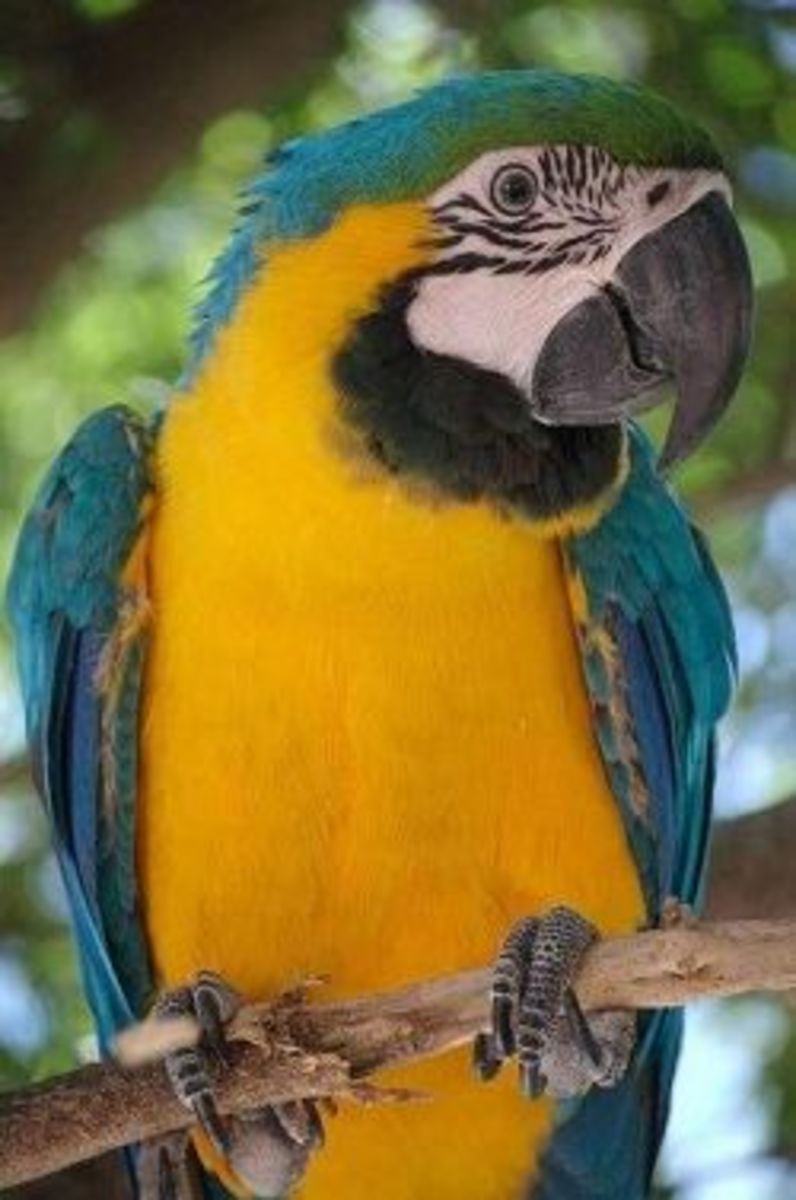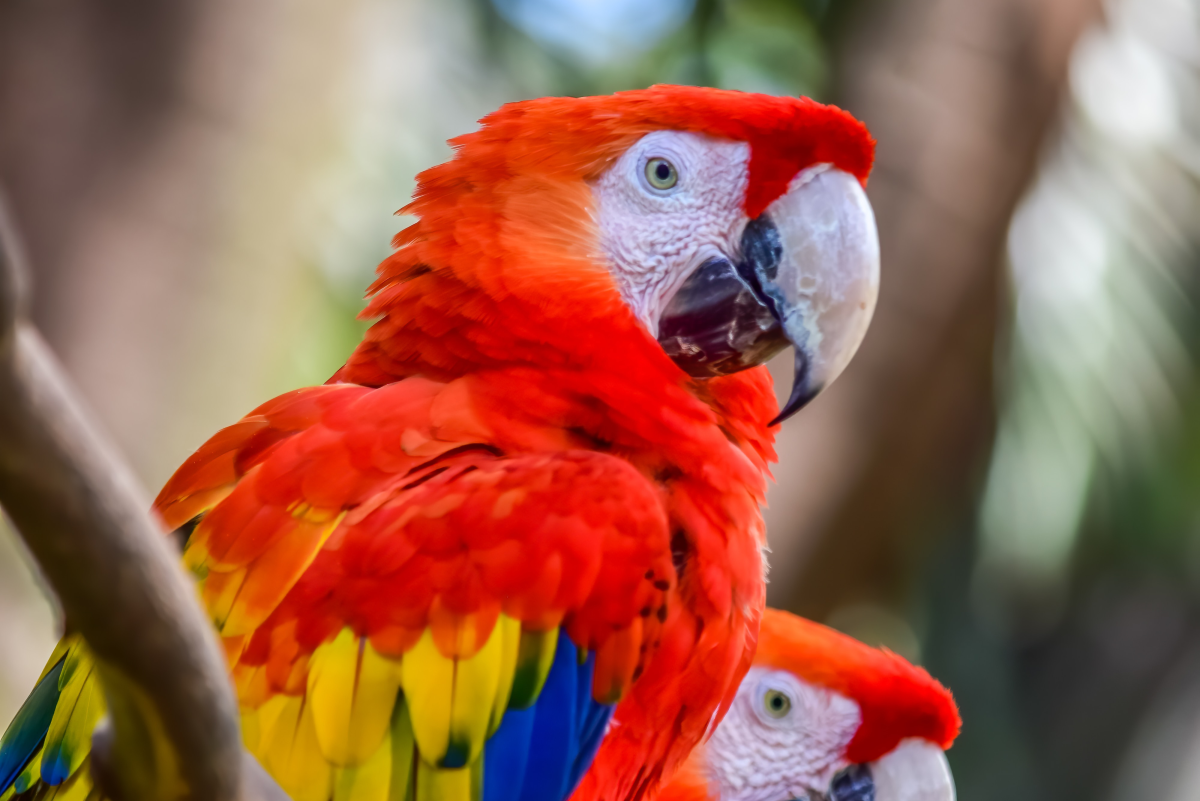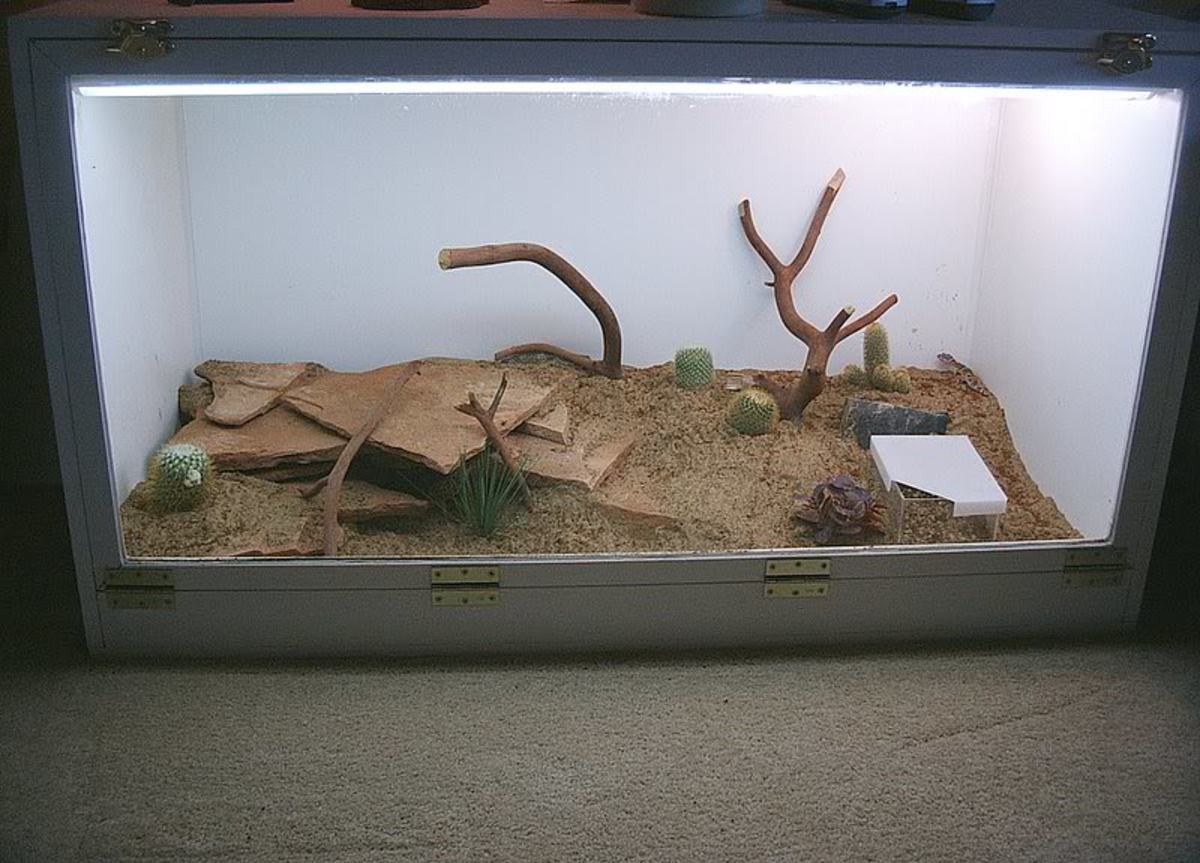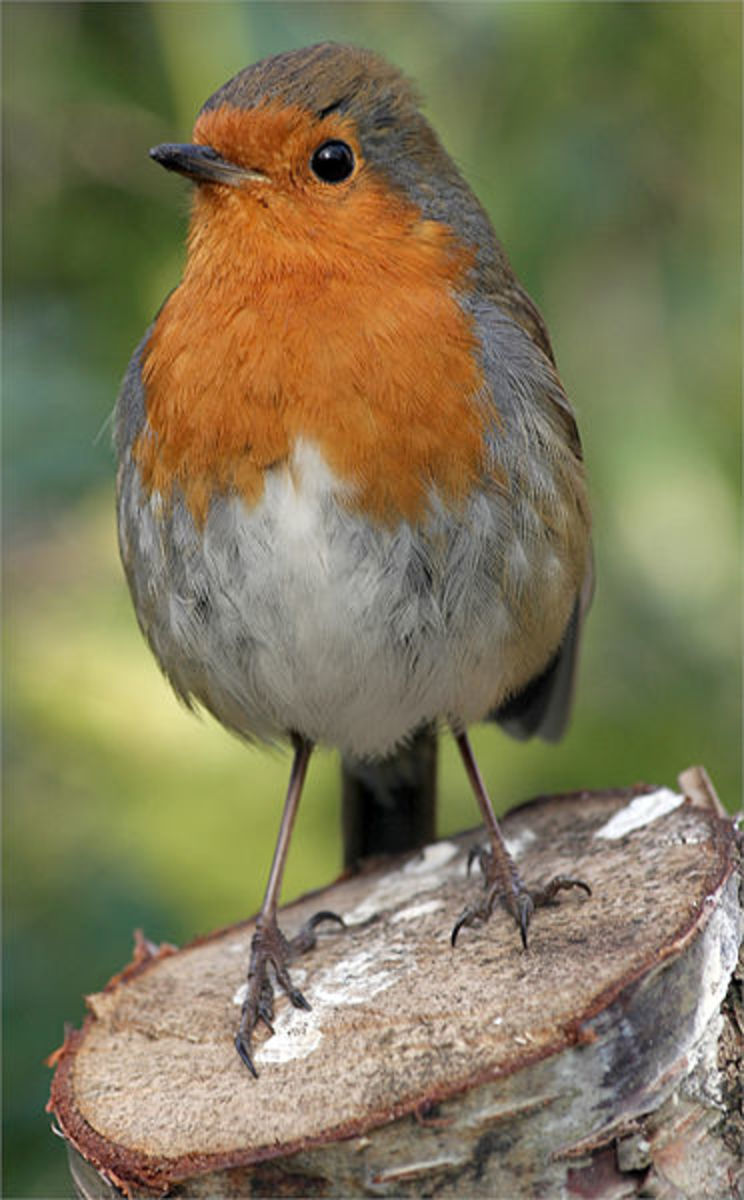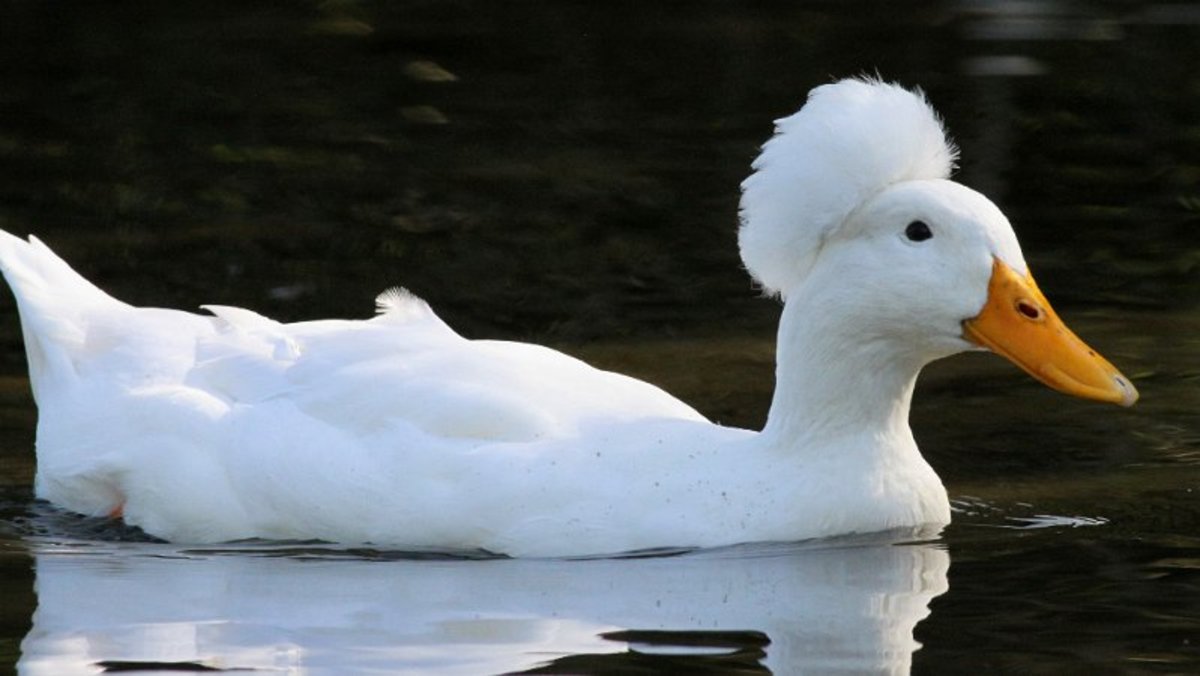Blue and Gold Macaw Facts

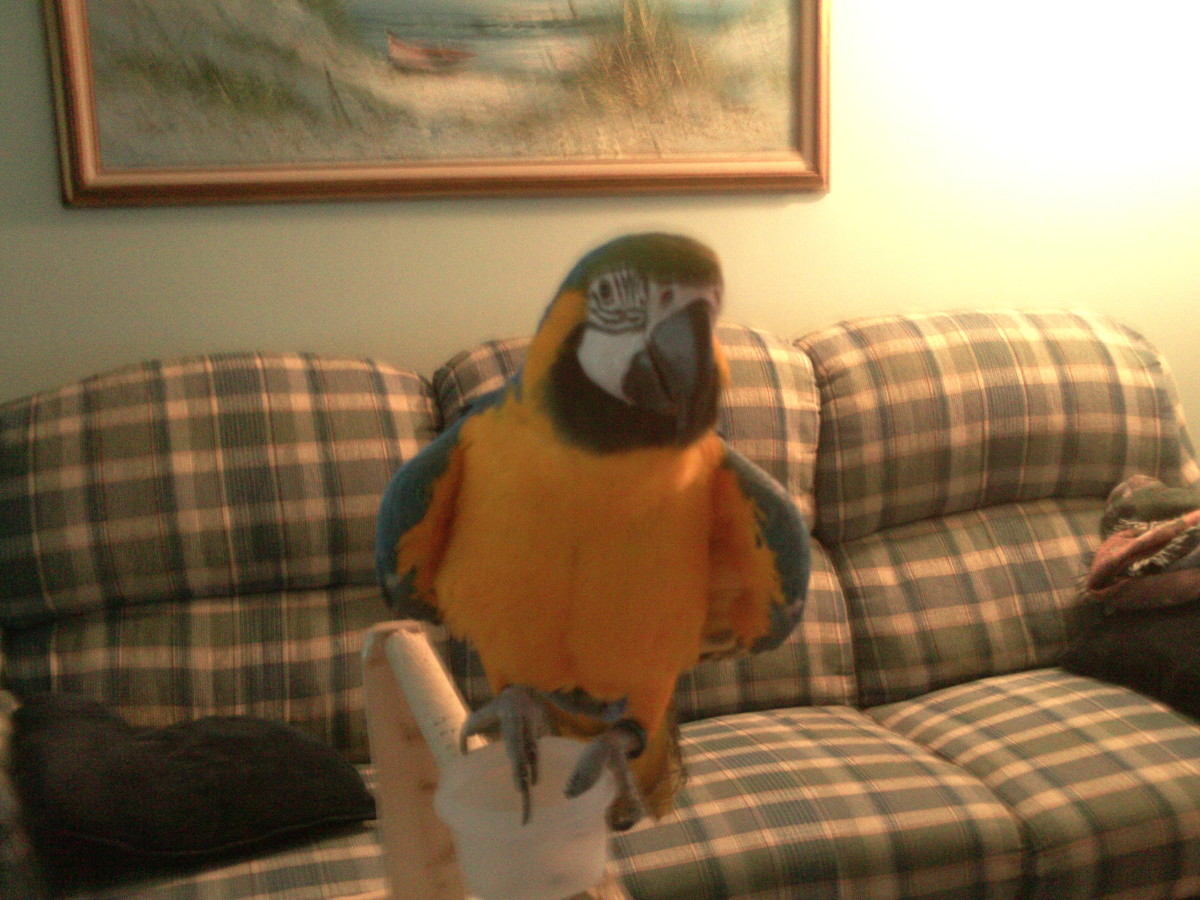
Ara ararauna
The blue and gold macaw, as are all macaws, is perhaps the most exciting and unique pet any animal lover could possibly hope for. Majestic, graceful, and downright mischievous, the macaw is perhaps the most loved parrot and a popular house pet.
Macaws in general come from rain forests in Central and South America. These parrots used to be located in rain forests throughout the world, but quickly became endangered due to habitat destruction.
The following article focuses on the blue and gold, which is my specialty.
I have been associated with macaws for about ten years, and have always had one as a pet in my house since I was a baby. Hopefully my insight will aid your opinions on these parrots and help you to decide to buy one!
Appearance and Lifespan
Well, the blue and gold isn't too difficult to spot. Beautiful shades of blue on back with a solid shade of yellow/gold on the belly and inner wings. It is tough to see in pictures, but there is also a green patch on the top of the head. The beak and eyes are solid black. The pupils of the B&G will shrink with age. Blue and golds are part of the large macaws, measuring at about 35 inches. The tail alone accounts for anywhere from 15 to 18 inches. Blue and golds usually live to be about 40, but it is not uncommon to hear about a 50, 60, or 70 year old macaw. with this said, most macaw owners are forced to put these majestic creatures in their wills to insure the bird a happy life.
The Playful Side
The blue and gold macaw is considered to be the clown of the macaw family. These guys never stop playing and fooling around. Hanging, rolling, bobbing, flapping: nothing is too much for these birds. A baby B&G will frequently beg for attention from her owners. Saying a B&G is curious is an understatement; these macaws will chew, rip, and bite anything they get their beaks on. Yes, this means couches, tables, chairs, walls , etc.! Most B&G are great cuddlers, and will gladly cradle in your arms once they learn to trust you. B&Gs are also known to play rough, not knowing they are biting their owners too hard. Just be careful when playing rough, because blue and golds are also well known to test the limits of their owners patience. Give a blue and gold an inch, and she will try to take a mile. All in all, these silly birds will put a smile on any one's face.
Bird Dance Off!
The Loud and Talkative Side
In the wild, a macaw's screech could be heard from a mile away. In your home, a macaw's screech could be heard from down the block. With that said, these animals are not for apartment buildings. Here's a little secret most people don't know: birds don't have voice boxes. This means they are able to scream all day without losing their voice. As long as there is oxygen, there will be screaming. It is not uncommon to listen to a blue and gold macaw scream for hours straight.
A clever way to combat this screaming is to train your blue and gold to talk. Instead of screaming, she will blurt out words and phrases, inviting the people around her to a good chuckle.
The Destructive Side
Blue and golds are amongst the most destructive of the bunch. As I said before, they experiment with their beaks and will break anything in their power. Even a used, second-hand cage can experience the wrath of up to 1200 pounds per square inch of pressure and bars can break. With 30% of its muscles located in the head and beak area, these macaws show no mercy towards wood and leather toys. If you want to purchase a blue and gold, be prepared to buy new toys every week, and to see your investment be shred to pieces on the bottom of the cage. Don't let this scare you out of purchasing one. A well-trained blue and gold will never bite and rarely nip.
Macaw playing and talking
Diet and Eating Habits
This section should be easy enough. You may feed your blue and gold any type of food that is healthy. Pasta, steak, rice, fruits, vegetables, bread, the list is infinite. Blue and golds enjoy nuts and seeds as well, and these should be placed in the food bowl at all times. When breakfast, lunch, and dinner come around, add some of it to the food bowl. Blue and golds love to soften their food before eating it. This means they will dip there food into the food bowl (I know smart right!). Be sure to monitor the food bowl to prevent any bacteria from building up and change the water at least once a day.
Socialization and Trick Training
Blue and gold macaws are well known to be family birds. A well-socialized macaw at a young age will be friendly to all your family members and will easily warm up to strangers. To see information about training a macaw, check out my other hubs. I go into step-by-step detail on how to teach your macaw specific tricks.
Information on training and socializing macaws
- Training a Macaw
So you finally got that big, beautiful parrot we call a Macaw. She is weened, her hand-feeding is over, and just beginning to become accustomed to the cage and regular perching. Now what? Well, its time to...


